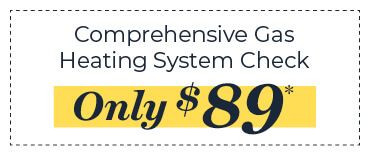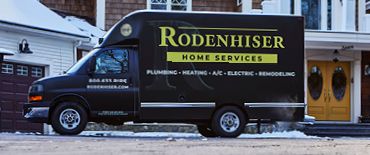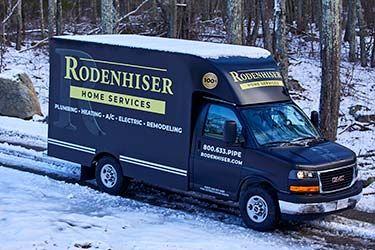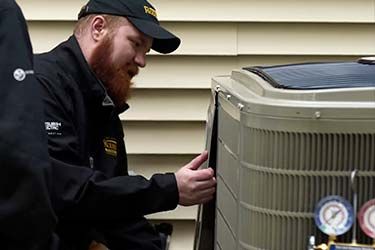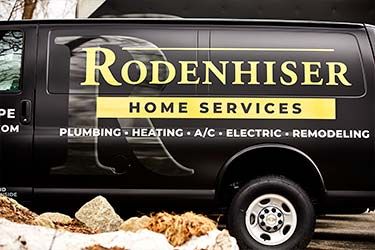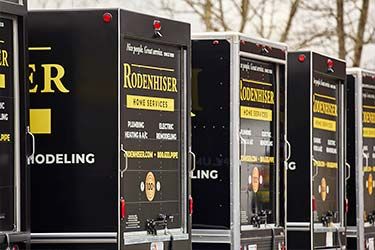
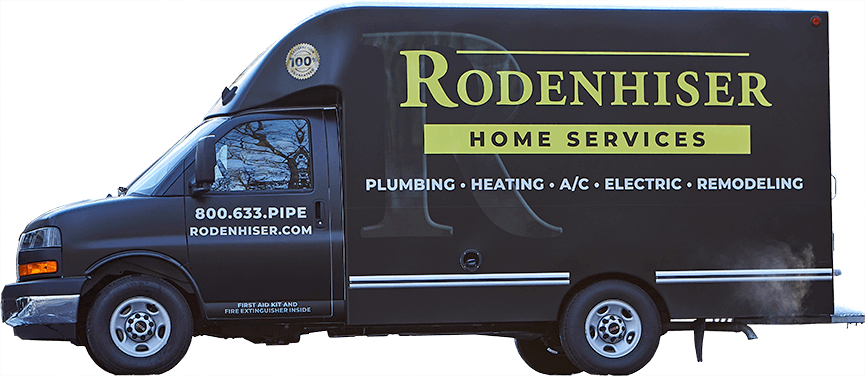
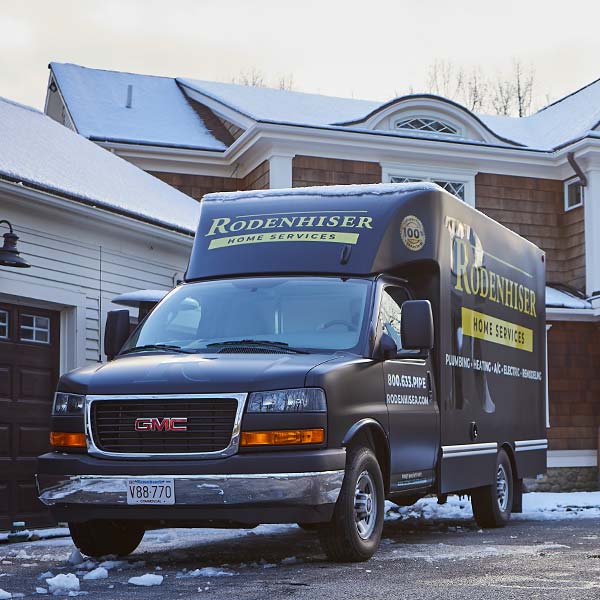

The Variable Speed Blower Motor: A System Component That Can Dramatically Influence Life Span And Efficiency
Whether air is heated by your furnace, or cooled by your air conditioner, in most systems it passes through the furnace to cycle through the blower. The blower is the component that forces warm or cool air into your ducts, giving it the power to circulate throughout your house.
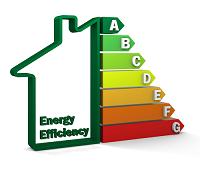
Because it’s used year-round, the efficiency of the blower motor is important. With new technology, such as a variable speed blower motor, efficiency can be dramatically improved.
Conventional blower motors only operate at one speed. This speed is set by your contractor when the system is installed, and once it’s set, it typically can’t be changed. Variable speed blower motors can operate at a range of different speeds, meaning the system doesn’t always have to cycle on at 100 percent. Instead, it can assess your needs in the moment and use only enough energy to meet them.
Just as driving your car more slowly improves fuel use, and dimming the lights saves electricity, running the blower at less than 100 percent saves energy. Variable speed blower motors have many advantages:
- They use up to 60 percent less electricity than standard motors.
- They can build slowly to the appropriate speed in a “soft” start, instead of kicking on at full speed. They can come down in a “soft” stop, too.
- Fewer sudden blasts of air and noise result from a system that runs more slowly.
- Enhanced indoor air quality can result if you set the fan to run at a slow, continuous speed. This keeps indoor air circulating, and allows particles more opportunity to become trapped by filters for two reasons: the air moves through the filter more frequently and also more slowly.
- Variable speed blower motors typically have longer life spans than standard systems.
Variable speed motors are especially effective if they’re combined with zoning systems. If the temperature in a specific zone of your home needs adjusting, the motor will only provide as much of an adjustment as necessary, and the zoning control will direct the air right where it’s needed.
If you’re interested in the savings and comfort possible from such a system, call Rodenhiser today. We’re proud to keep Metro-West Boston comfortable.
Our goal is to help educate our customers about energy and home comfort issues (specific to HVAC systems). For more information about other HVAC topics, download our free Home Comfort Solutions Guide.
Energy efficiency image via Shutterstock
Nice people.
Great service.
Since 1928Terms & Conditions | Privacy Policy





Read From Over 14,000 Happy Customers
-
Both Alex and Patrick were knowledgeable, courteous, and professional. They made a change that might have solved the recent problem and have structured a more complete solution. We agreed to this...

-
Mike was thorough, thoughtful and considerate. Covered their shoes before entering, surveyed my issue and provided an explanation of the services and costs. Great Job!

-
Alex did a great job providing an explanation of the services provided and went out of his way to offer assistance/advice on other issues outside of our scheduled maintenance visit.

-
Brian did an excellent job inspecting our 18-year old boiler and replacing some of the accessory hardware that needed it, he also adjusted the outgoing hot water settings for our radiators and...

-
Rodenhiser is my one stop shop!!! They take care of my HVAC, electrical, and plumbing issues & are always helpful addressing any questions I may have about the systems in my house! Everyone...

-
Chris G. and Nick V. showed up bright and early at 8am to fix my water heater issue. They were on time, polite and were able to fix an issue that has been plaguing my house for a good year. They...

Call Rodenhiser at
508-321-3089
Call Rodenhiser at 508-321-3089
When you are looking for plumbing, electrical, heating or air conditioning in the Route 495 / 128 area, you will be delighted that you called Medway MA' trusted choice since 1928.
With a total dedication to professional workmanship and excellent service, discover why families and businesses continue to trust Rodenhiser after generations of service
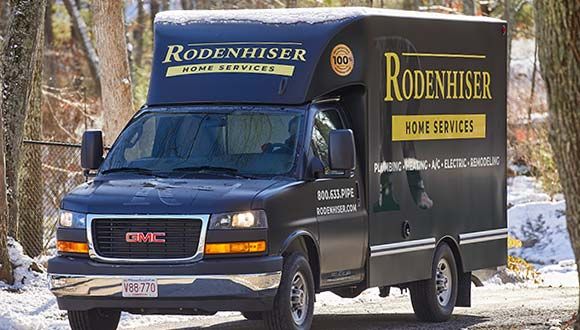
Trusted Plumbers
Fast, On Time
HVAC Experts
Satisfaction Guaranteed
Expert Electricians
Maintenance Plans
CONTACT RODENHISER TODAY
325 Hopping Brook Rd Holliston MA 01746.
-
Master Plumber: #10961
-
Corporate Plumbing: #2288
-
Master Electrician: #23917A
-
Electrical Business: #4804
-
Master Sheet Metal (Unrestricted): #5867
-
Corporate Sheet Metal: #641
-
Home Improvement Contractor: #188806
*Heating system check terms and conditions: Residential Only. Must reside within our service area. Offer only available to 1 unit per household additional units are at full price. Can not be combined with other offers
*Late Season Special Extra Conditions: Gas Systems only. No Discounts on oil systems. Promotional price limited to one system per home, additional systems will be charged at full price. Residential Systems only. Must reside within our service area. *For EV Charger Offer also: valid only when the system is purchased through Rodenhiser.
